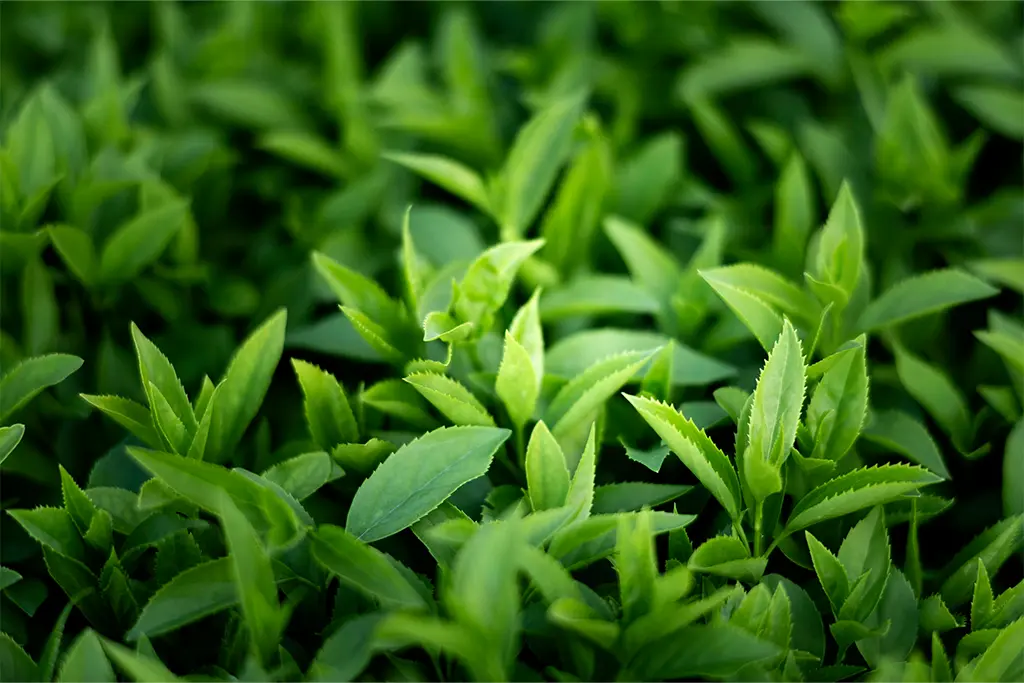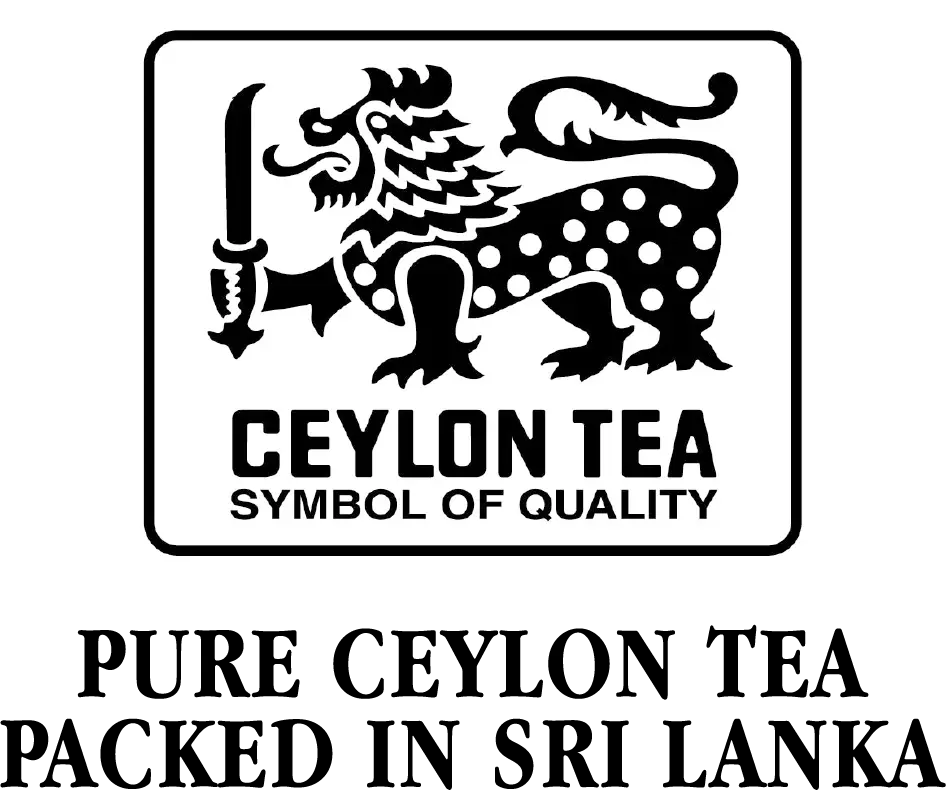
Sri Lanka, renowned for its exquisite Ceylon tea, is home to diverse and picturesque tea-growing regions, each contributing its unique character to this beloved beverage.
1. UVA Tea – A Symphony of Exotic Aromas
Grown at elevations ranging from 3000 to 5000 feet on the eastern slopes of the central mountains, UVA teas develop their distinctive flavor from July to September. During this period, the dry southwest monsoon winds (May to September) sweep across Uva, imparting a copper-hued infusion with a remarkably smooth, pronounced taste and an exquisite aroma. This first-class tea is best enjoyed unaltered, allowing its natural flavors to shine. However, the choice to enhance it is entirely yours.
2. Uda Pussellawa “An Exquisite Tang”
Nestled between 5000 and 6000 feet above sea level, the Uda Pussellawa tea region of Sri Lanka lies to the east of Nuwara Eliya, often drawing comparisons to its esteemed neighbor. This highland region enjoys a distinct climate from the western plantation areas. Like Uva, Uda Pussellawa benefits from the northeast monsoon, which graces the eastern slopes of the hill country with moisture from November to January. The teas from this mountainous region are known for their exceptional quality, with two prominent periods of distinction. The traditional peak season from July to September yields the finest leaves, while the dry, cold conditions of the first quarter of the year produce a selection of rosy teas with medium body and subtle character, resulting in a flavor of majestic allure.
3. Nuwara Eliya: A Symphony of Fragrance
Nuwara Eliya, the most renowned of Sri Lanka’s tea-growing districts, is distinguished by its mountainous terrain and lofty elevation, standing at 6,128 feet above sea level. This high-altitude locale is celebrated as the foremost hub for tea production in Sri Lanka. The region’s tea is unique, imbued with the delicate scents of cypress, wild mint, and eucalyptus, carried on the cool, crisp breezes that sweep through the area. The resulting infusion is the lightest and palest of all Ceylon teas, presenting a golden hue and an exquisitely fragrant flavor, ideal for savoring at any time of
4. Dimbulla Tea – A Refreshing Mellow Delight
Dimbulla tea, renowned as one of the earliest plantations established following the transition from coffee cultivation in the 1870s, stands as a quintessential symbol of Ceylon tea. Nestled at an elevation of 3,500 to 5,000 feet above sea level on the western slopes of the district, this esteemed variety benefits from the unique climatic conditions of monsoon rains and the cool, dry weather prevailing from mid-January to early April. These factors contribute to a tea with a bright, coppery infusion, offering a spectrum of flavors ranging from robust and full-bodied to light and delicate.
Dimbulla Ceylon tea is distinguished by its rounded, refreshing taste, featuring delightful notes of citrus, buttered toast, and honey. It serves as an excellent choice for both breakfast and afternoon tea, whether enjoyed with milk or on its own. Its versatility makes it a splendid companion at any time of day.
1. Kandy: “Intensely Full-Bodied”
Kandy, the ancient capital of Ceylon, holds the distinguished honor of being the birthplace of tea cultivation, a tradition that commenced in 1867. It was at the Loolkandura Estate in the Kandy district where the very first tea plants were introduced as a trial following the failure of a coffee plantation. The tea from this region is renowned for its “mid-grown” character, as cultivation occurs between 2,000 and 4,000 feet above sea level. The flavor of Kandy tea varies with altitude and exposure to monsoon winds, resulting in a delightfully full-bodied brew with a bright, coppery infusion.
2. SABARAGAMUWA TEA: “Exceptionally Stylish”
Nestled within Sri Lanka’s largest district, Sabaragamuwa boasts elevations ranging from sea level to 2000 feet. This region, renowned for its low-grown teas, lies between the verdant boundaries of the Sinharaja and Peak Wilderness nature reserves. Here, the unique microclimate—shaped by rainforests, cloud forests, and expansive grassy plains—imbues the teas with a distinctive character that sets them apart from those grown at lower elevations.
The infusion mirrors the rich, dark yellow-brown hue of Ruhuna teas, yet it exhibits a subtle reddish tint. Its aroma diverges from Ruhuna’s profile, presenting a delicate hint of sweet caramel. This nuanced fragrance, while not overpowering, adds an exceptionally stylish touch to the tea’s overall charm.
3. Ruhuna: “Distinctively Unique”
Teas from the Ruhuna district are renowned for their distinctive “low-grown” character, cultivated at altitudes no higher than 2000 feet above sea level. Situated predominantly in the western part of the province, this coastal plain features low hills and benefits from the wet zone nourished by the southwest monsoon. To the east, the landscape transitions to scrub jungle, grassy plains, and coastal salt-marshes, gradually becoming wilder and more barren.
In Ruhuna, the tea bushes thrive rapidly, yielding long, elegant leaves. The factories here produce a diverse range of leaf styles and sizes, including the sought-after “tips,” which are celebrated for their full flavor and rich hues of orange and red, with delightful notes of honey, chocolate, and caramel.




